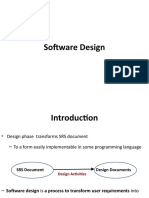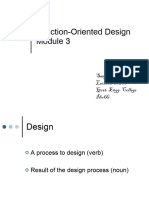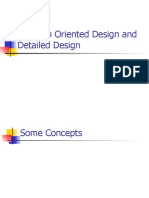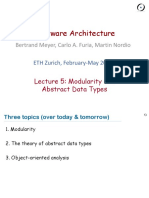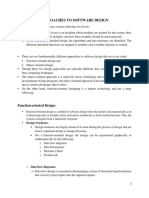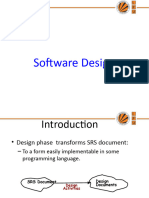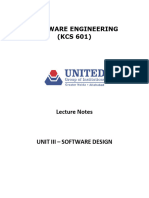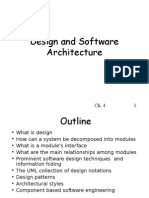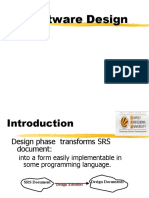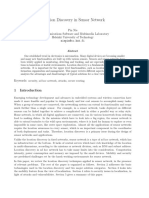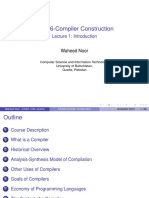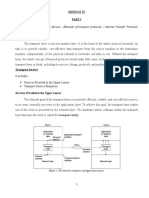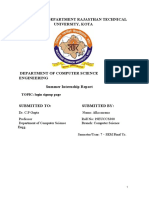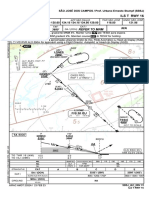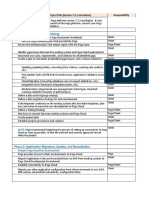0% found this document useful (0 votes)
86 views12 pagesModule - IV Analysis and Design
The document discusses software design and analysis. It describes software design as transforming customer requirements into an implementation form. Design has two parts - preliminary/high-level design which identifies modules and relationships, and detailed design which specifies data structures and algorithms. Objectives of design include enabling change and designing product families. Function-oriented design views the system as performing functions while object-oriented design views it as objects that manage their own state. Modularization techniques help design product families and represent module structures. Relationships between modules like USES are also discussed.
Uploaded by
Jeena Mol AbrahamCopyright
© © All Rights Reserved
We take content rights seriously. If you suspect this is your content, claim it here.
Available Formats
Download as PDF, TXT or read online on Scribd
0% found this document useful (0 votes)
86 views12 pagesModule - IV Analysis and Design
The document discusses software design and analysis. It describes software design as transforming customer requirements into an implementation form. Design has two parts - preliminary/high-level design which identifies modules and relationships, and detailed design which specifies data structures and algorithms. Objectives of design include enabling change and designing product families. Function-oriented design views the system as performing functions while object-oriented design views it as objects that manage their own state. Modularization techniques help design product families and represent module structures. Relationships between modules like USES are also discussed.
Uploaded by
Jeena Mol AbrahamCopyright
© © All Rights Reserved
We take content rights seriously. If you suspect this is your content, claim it here.
Available Formats
Download as PDF, TXT or read online on Scribd
/ 12



